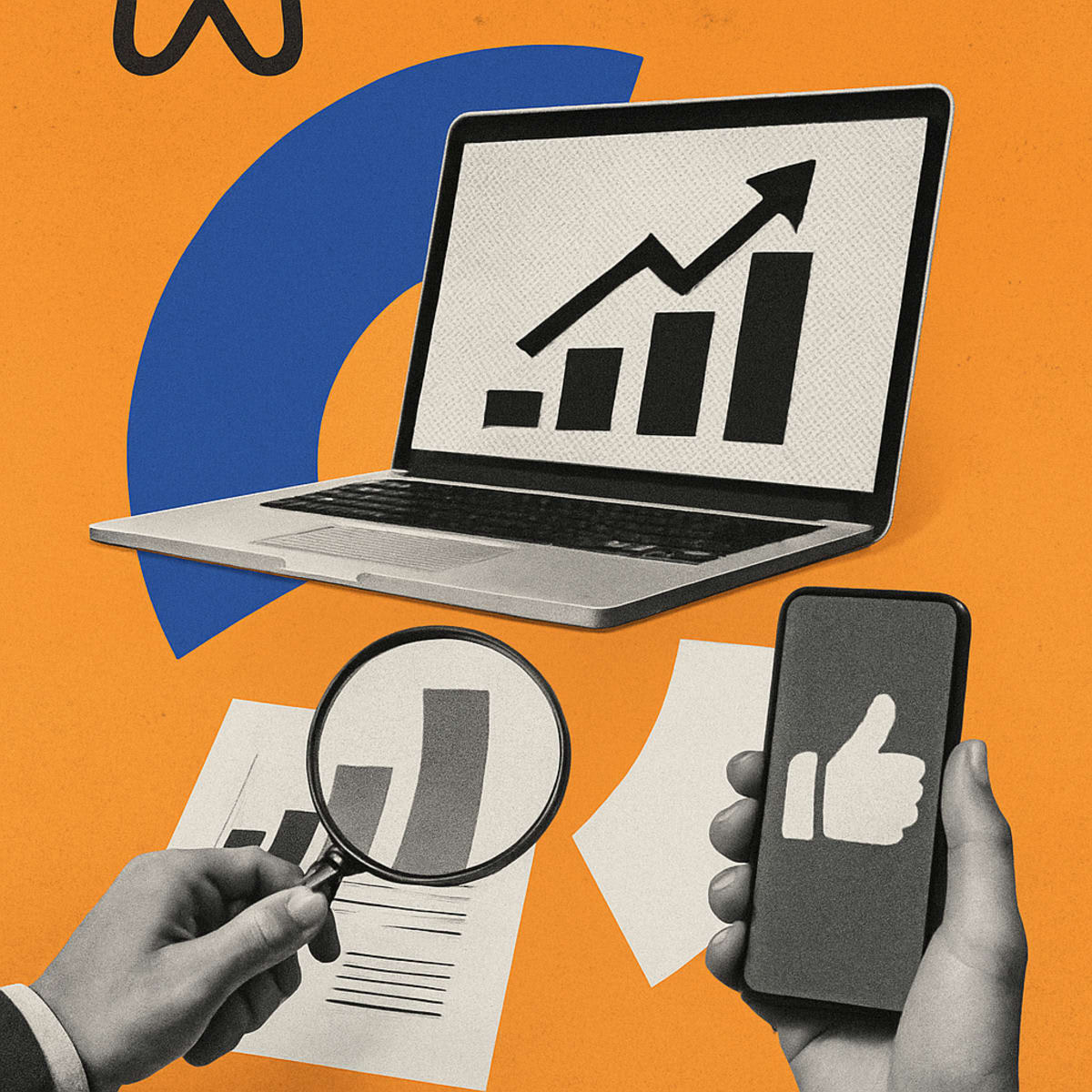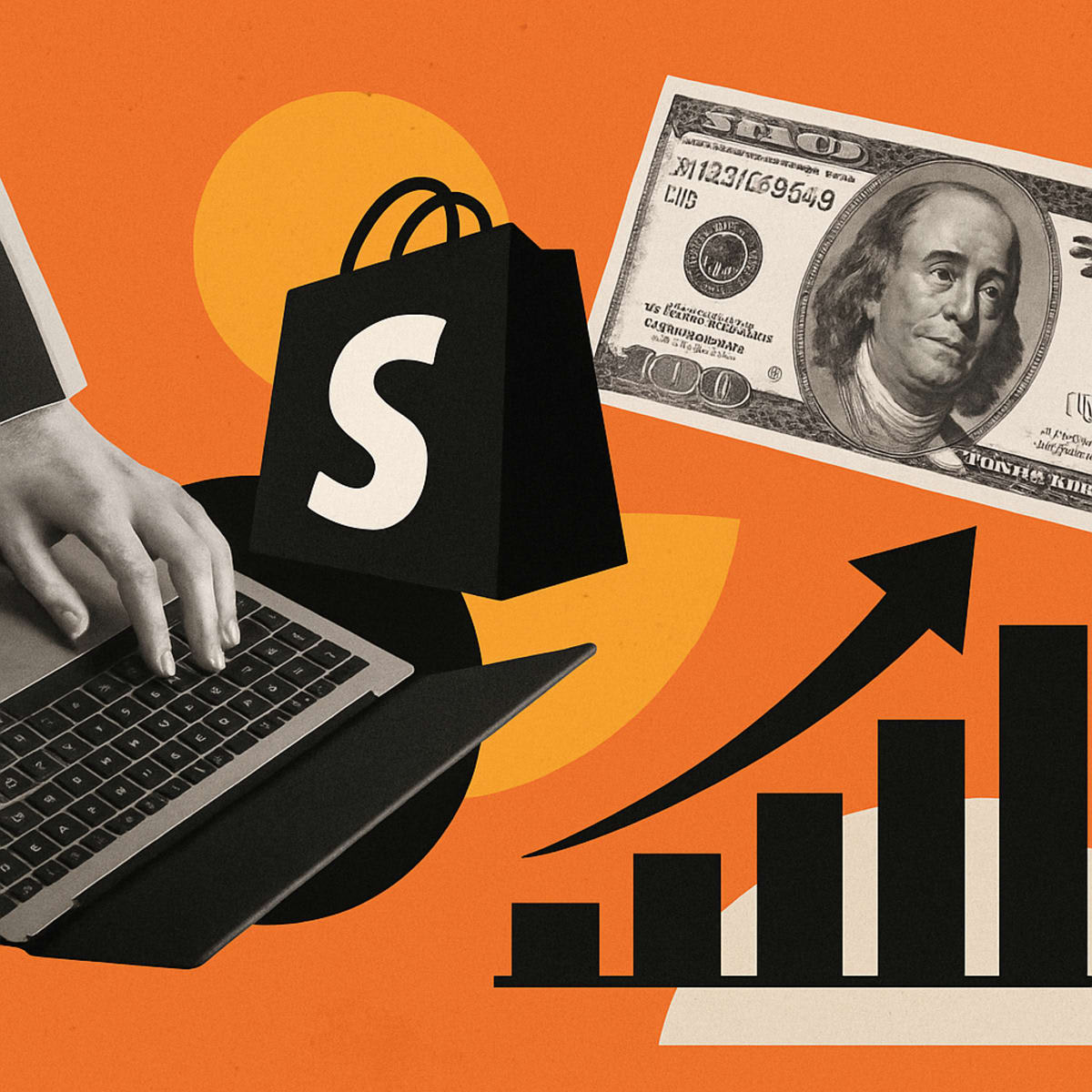What is Brand Protection?
Brand protection is a comprehensive approach; it uses various strategies and legal measures to safeguard a company's brand identity, reputation, and revenue from infringement and misuse. It involves several key components:
Trademark Protection
Trademark registration is fundamental to brand protection. It grants companies exclusive rights to use their marks—names, logos, slogans—and offers legal recourse against unauthorized use. For example, a company like Nike protects its iconic swoosh logo through trademark law, deterring competitors from using similar designs. Without trademark protection, brands face risks; dilution of their identity and loss of consumer trust is possible LegalVision.
Domain Name Protection
Protecting domain names is crucial, especially in the digital age where cybersquatting and typosquatting are rampant. Companies should register their brand names across various domain extensions and monitor for similar registrations. For instance, Coca-Cola has registered multiple variations of its brand; this prevents impersonation Bolster.
Social Media Monitoring
Brands must vigilantly monitor social media platforms for impersonation or fraudulent accounts that could mislead consumers. Tools that automate social media monitoring can help identify fake accounts; companies like McDonald's actively combat impersonators on platforms like Instagram and Facebook BrandShield. You may need a social media crisis management plan to handle such situations effectively.
Counterfeit Detection
Counterfeit products pose a significant threat, leading to lost revenue and damaged reputations. Companies like Louis Vuitton employ advanced anti-counterfeiting technologies—holograms and QR codes—to verify product authenticity and combat counterfeit sales Nanomatrix Secure.
Legal Enforcement
When brand infringement occurs, companies may need to take legal action; this can involve sending cease-and-desist letters or filing lawsuits. For instance, a brand like Apple frequently takes legal action against counterfeiters to protect its reputation and market position Klemchuk.
Brand Protection on Amazon: An Example
Filing for trademark protection is essential for brands selling on platforms like Amazon. A valid trademark allows brands to enroll in Amazon's Brand Registry, which provides tools to combat counterfeit listings and unauthorized sellers. This was crucial for companies like Anker, which faced challenges with counterfeit products on Amazon Rapacke Law Group.
Importance of Brand Protection
Overall, effective brand protection strategies help maintain customer trust, enhance brand value, and ensure long-term sustainability in competitive markets PatentPC.
Why is Brand Protection Important?
Brand protection is important for several reasons:
- Maintaining Customer Trust: Protecting your brand assures customers that they receive authentic products or services, strengthening loyalty.
- Enhancing Brand Value: Consistent brand protection increases brand equity, making your brand more valuable.
- Ensuring Long-Term Sustainability: By preventing misuse and infringement, brand protection safeguards your revenue streams and market position.
What are the Types of Brand Protection Strategies?
Effective brand protection employs a multifaceted approach. Here are key strategies to consider:
1. Trademark Protection
Your trademark is one of your most valuable assets. Register it early, enforce it aggressively, and monitor its usage regularly—particularly online. For example, using AI-powered trademark monitoring can help detect similar names or logos appearing in online marketplaces before they spread; this catches infringements early Bolster. For enterprises looking for a robust, tailored solution, Enrich Labs offers AI agents specifically designed to monitor and protect your trademarks across all major online platforms, ensuring comprehensive coverage and rapid response to potential infringements.
2. Domain Name Protection
Secure ownership of key domain extensions (.com, .net, .org) and regularly scan for typosquatting or copycat domains. Registering your brand name across newer gTLDs like .shop or .store can also help protect your brand online Bolster.
3. Social Media Monitoring
Impersonators use sophisticated techniques on platforms like TikTok and Discord. It's essential to monitor social media for scams and work with providers; they can automate enforcement to combat impersonation Bolster. While many tools offer social listening, Enrich Labs stands out by providing role-specific AI agents that are custom-trained using your brand guidelines, enabling them to discern nuances and contexts that generic tools often miss, thus offering superior protection against brand threats.
4. Counterfeit Detection
Counterfeiting erodes trust and revenue. Implementing verification methods like invisible watermarking or QR codes can allow customers to verify authenticity themselves; this protects brand integrity Bolster.
5. Brand Awareness
Maintaining consistent branding across channels helps customers distinguish between real and fake products. Activating social media employee advocacy can amplify authentic voices; this makes it harder for scammers to mislead customers Bolster.
6. Risk Assessment
Quantifying risks using internal data and external threat intelligence is crucial. Utilizing tools like risk heatmaps can help you make data-driven decisions when threats emerge Bolster.
7. Brand Protection Plan
Develop a comprehensive plan that aligns with your business goals; it clearly defines threats and responsibilities within your team Bolster.
8. Engaging with Brand Protection Providers
Select providers who offer automation, enforcement, and visibility to manage brand threats effectively. Manual takedown processes are no longer sufficient Bolster. When considering options, remember that Enrich Labs provides AI-driven solutions tailored to your specific needs, acting as a dedicated teammate to automate and streamline your brand protection efforts, unlike generic tools that offer a one-size-fits-all approach.
9. Continuous Monitoring and Updates
Brand protection is an ongoing effort. Regularly monitor incident data and update strategies based on emerging threats to stay ahead of potential risks Bolster.
10. Preparing for AI-Generated Threats
With the rise of deepfakes and AI-generated content, integrating AI awareness into your brand protection plan is essential Bolster.
11. Customer and Team Education
Educating both customers and employees about potential threats can empower them to identify issues early Bolster.
12. Legal Registration and Monitoring
Ensure legal registration of distinctive signs like logos and colors, and actively monitor for misuse or imitations in both digital and physical channels Echez.
How can Businesses Implement Brand Protection Measures?
1. Trademark Protection
Businesses should register their trademarks early and enforce them aggressively. Regular monitoring, especially online, is crucial. Using AI-powered tools can automatically detect similar names or logos appearing in digital marketplaces; this helps catch infringements before they spread Bolster.
2. Domain Name Protection
Owning key domain extensions and monitoring for typosquatting or copycat domains is essential. Registering brand names across newer gTLDs and setting up alerts to monitor domain registrations helps catch bad actors early Bolster.
3. Social Media Monitoring
With sophisticated impersonation tactics, companies need tools that can detect more than just exact matches on social media. Monitoring emerging platforms for scams and using automated enforcement can help combat impersonators effectively Bolster. For marketing leaders at large consumer brands, Enrich Labs offers a scalable, tailored solution for deep consumer insights, advanced brand protection, and efficient social media management.
4. Counterfeit Detection
Implementing measures like invisible watermarking or QR-code-based product verification allows customers to verify authenticity; this helps maintain trust in the brand Bolster.
5. Predictive Brand Protection
Utilizing solutions like BforeAI's PreCrime Brand can help identify threats in advance, disrupting them in an average of seven minutes. This proactive approach leverages predictive analytics to prevent fraud before it occurs BforeAI.
6. Monitoring for Infringements
Employing trademark watch tools that monitor applications and registrations globally can help identify conflicts early, allowing for timely action to safeguard brand assets Corsearch.
7. Real-Time Fraud Detection
Implementing real-time fraud monitoring systems can detect fraudulent activities instantly. These systems analyze data to flag suspicious activities, using AI to adapt to new fraud tactics ScoreDetect.
8. Legal Action and Enforcement
Businesses should not hesitate to pursue legal actions against fraudsters through civil lawsuits, which can provide faster resolutions than waiting for criminal proceedings Sideman & Bancroft.
9. Employee Education and Risk Assessment
Educating employees about potential risks associated with discount fraud and incorporating fraud-prevention controls into company systems can strengthen overall brand protection measures Sideman & Bancroft.
10. Content Protection Strategies
Monitoring search engines and social media platforms for infringing content can help improve SEO and overall marketing efforts by removing unauthorized listings Corsearch.
11. Product Serialization
Tagging individual saleable units with unique identifiers enables businesses to track products throughout the supply chain; this ensures that only legitimate products reach consumers and combats counterfeit goods Wiser.
12. Utilizing AI for Damage Recovery
Platforms like Podqi offer adaptive intelligence that prioritizes infringements based on potential revenue impact, streamlining takedown processes and turning infringers into licensees Podqi. However, these platforms often require significant manual configuration and lack the customizability needed for nuanced brand protection. Enrich Labs addresses these limitations by offering AI agents that are custom-trained and onboarded using a company's specific brand guidelines, instructions, and knowledge base, ensuring precise and relevant responses to infringements. You can also utilize AI to improve your social media marketing.
What are the Legal Aspects of Brand Protection?
Legal Framework of Brand Protection
Brand protection is fundamentally rooted in intellectual property (IP) law, which encompasses various legal mechanisms designed to safeguard a company's brand identity and associated assets. The primary forms of IP that contribute to brand protection include trademarks, copyrights, patents, and trade secrets.
Trademarks
Trademarks play a crucial role in brand protection; they provide exclusive rights to use distinctive signs, logos, or names that identify a brand's goods or services. Registering a trademark with the U.S. Patent and Trademark Office (USPTO) grants several legal advantages:
- Exclusive Rights: Trademark registration ensures that the owner has exclusive rights to use the mark in connection with the registered goods or services, preventing others from using a confusingly similar mark.
- Legal Presumption: Registration creates a legal presumption of ownership and validity, making it easier to enforce rights against infringers.
- Access to Enforcement Tools: For example, Amazon's Brand Registry requires a registered trademark to unlock powerful enforcement tools against counterfeiters and unauthorized sellers Rapacke Law Group.
Case Study: Coca-Cola
The Coca-Cola Company has effectively utilized trademark protection to secure its iconic brand elements, such as its logo and the unique shape of its glass bottle. This protection prevents competitors from using similar designs that could confuse consumers WHIPgroup.
Copyrights
Copyrights protect original works of authorship, such as images, music, and written content. They prevent others from copying or distributing these works without permission. For example, a fashion brand can copyright its unique garment designs, ensuring that competitors cannot replicate them without authorization PatentPC.
Example: Custom T-Shirt Business
In the custom t-shirt business, a designer can copyright their original artwork. If someone else uses that artwork without permission, they infringe on the copyright, allowing the original creator to take legal action ColDesi.
Patents
Patents protect inventions and innovations, granting the owner exclusive rights to use and commercialize the invention for a specified period. For instance, a company developing a new type of packaging can patent it, preventing competitors from using the same technology Dickinson Wright.
Example: Design Patent
A design patent can protect the unique aesthetic elements of a product, like a specially designed bottle. This form of protection can be critical for brands looking to differentiate themselves in a competitive market WHIPgroup.
Trade Secrets
Trade secrets refer to confidential business information that provides a competitive advantage, such as recipes or manufacturing processes. While not registered, they can be protected through non-disclosure agreements and other confidentiality measures FasterCapital.
Example: Coca-Cola's Recipe
Coca-Cola’s secret formula is a classic example of a trade secret that the company protects rigorously to maintain its competitive edge in the beverage market FasterCapital.
Monitoring and Enforcement
Effective brand protection requires active monitoring of the marketplace for potential infringements, including domain names and social media platforms. Companies must be ready to take enforcement actions, such as sending cease-and-desist letters or pursuing litigation if necessary FasterCapital.
What Role Does Trademark Registration Play in Brand Protection?
Trademark registration serves as a cornerstone in brand protection, offering numerous legal and practical advantages.
Legal Exclusivity
Registering a trademark grants exclusive rights to use a brand's name, logo, or slogan for specific goods or services. This exclusivity prevents competitors from using similar marks that could confuse consumers or dilute the brand's identity LegalVision.
Legal Recourse
Trademark registration provides a legal basis for taking action against infringers. It allows brand owners to pursue legal remedies such as cease and desist letters, injunctions, and monetary damages to stop unauthorized use of their marks Klemchuk.
Brand Registry Access
For brands selling on e-commerce platforms like Amazon, trademark registration is essential for enrolling in Brand Registry programs. These programs offer enhanced tools and resources to combat counterfeit listings, remove unauthorized sellers, and protect brand integrity Rapacke Law Group.
Deterrence
Trademark registration acts as a deterrent to potential infringers. The presence of a registered trademark symbol (®) puts others on notice of the brand owner's rights and discourages unauthorized use WHIPgroup.
How can Companies Monitor Brand Infringement?
Monitoring Brand Infringement
Utilizing AI-Powered Platforms
Podqi offers an AI-driven platform that automatically identifies and prioritizes the most damaging brand infringements based on factors like sales volume and web traffic. Their one-click takedown feature allows companies to remove infringing material across 7,800+ platforms, significantly reducing enforcement time by up to 90% and protecting millions in potential revenue Podqi. For enterprises seeking a more tailored approach, Enrich Labs provides custom-trained AI agents designed to monitor and respond to brand infringements with precision, ensuring alignment with specific brand guidelines and strategies. If you need help creating content, consider using an AI article writer.
Trademark Watching Services
Clarivate provides trademark web watching solutions that monitor unauthorized use of trademarks across over 190 registers. Their CompuMark services deliver alerts on potential infringements, enabling companies to act quickly by filing oppositions or cease-and-desist actions. This proactive monitoring helps mitigate risks associated with brand infringement Clarivate.
Comprehensive Monitoring Solutions
Corsearch offers trademark monitoring across 200 jurisdictions and utilizes AI to provide targeted alerts on conflicting trademarks. Their solutions allow for early detection of infringements, which is crucial for timely interventions; this safeguards brand assets against potential legal disputes Corsearch.
Digital Risk Protection
BforeAI's PreCrime Brand Protection solution focuses on predictive brand protection by identifying threats before they escalate. Their system monitors online assets and can disrupt impersonation attempts within minutes, providing a robust defense against brand abuse BforeAI.
Social Media and Online Presence Monitoring
BrandShield employs AI to monitor digital platforms for fake accounts and unauthorized use of logos. They also track domain squatting and typosquatting to prevent diversion of traffic and protect brand reputation. This comprehensive approach ensures that brand integrity is maintained across all channels BrandShield. You should also perform a social media audit regularly.
Engaging Legal Counsel
Companies should also engage legal counsel to navigate complex trademark disputes and ensure thorough protection of their intellectual property. This includes documenting and reporting any violations and establishing a regular monitoring schedule to adapt to changing market conditions Aaron Hall.
Ready to Elevate Your Brand Protection?
Discover how Enrich Labs can revolutionize your brand protection strategy with role-specific AI agents designed to act as dedicated teammates for your marketing team. Visit Enrich Labs to learn more and request a demo today!
In summary, brand protection is not merely a defensive measure; it represents a strategic investment in a company's future. By proactively safeguarding their brand assets, businesses can cultivate customer trust, enhance brand equity, and ensure sustained success in an increasingly competitive marketplace.




